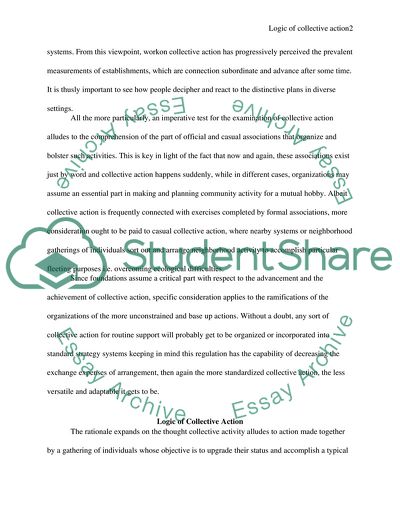Cite this document
(“Introduction and Background of Collective Action Essay”, n.d.)
Introduction and Background of Collective Action Essay. Retrieved from https://studentshare.org/social-science/1701292-introduction-and-background-of-collective-action
Introduction and Background of Collective Action Essay. Retrieved from https://studentshare.org/social-science/1701292-introduction-and-background-of-collective-action
(Introduction and Background of Collective Action Essay)
Introduction and Background of Collective Action Essay. https://studentshare.org/social-science/1701292-introduction-and-background-of-collective-action.
Introduction and Background of Collective Action Essay. https://studentshare.org/social-science/1701292-introduction-and-background-of-collective-action.
“Introduction and Background of Collective Action Essay”, n.d. https://studentshare.org/social-science/1701292-introduction-and-background-of-collective-action.


